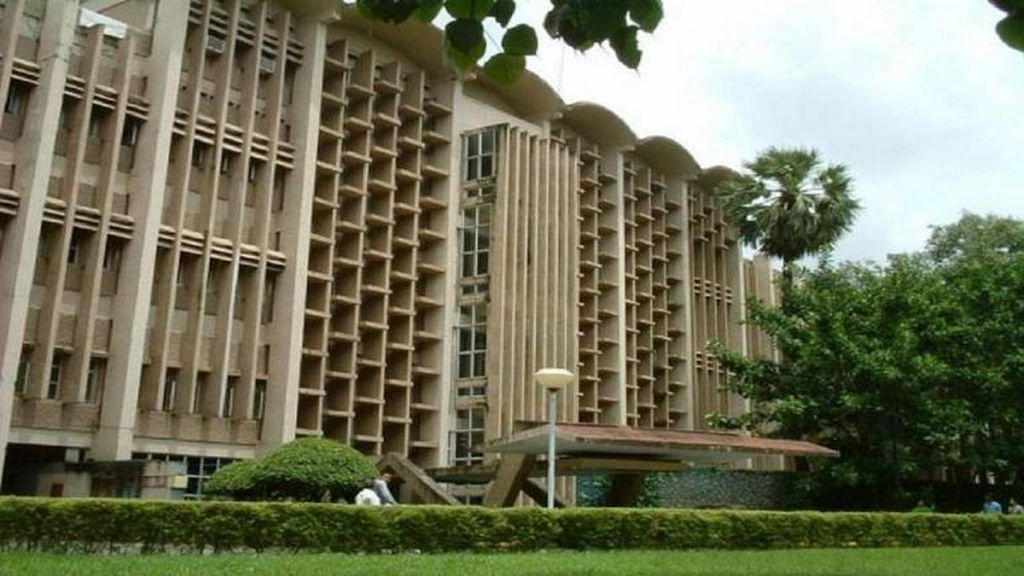Bengaluru: A team of researchers led by Professor Kiran Kondabagil of the Indian Institute of Technology (IIT), Bombay, have found the presence of giant amoeba-attacking viruses in the samples of various water bodies in Mumbai.
The team was also able to identify a unique protein — which can aid the creation and repair of DNA — that these viruses make. The viruses are considered harmless to humans and are believed to play a role in sustaining the local ecosystem.
The studies were published in March and April this year in the journals Scientific Reports and Nucleic Acids Research. They were funded by the government’s Department of Biotechnology, Department of Science and Technology and Denmark-based Novozymes and Holck-Larsen Foundation.
The researchers studied samples collected from unfiltered water being fed to a water purifier, moist soil and the bed of a wastewater treatment plant in the city.
The viruses found belonged to the families Pandoraviridae, Phycodnaviridae, Mimiviridae, Iridoviridae and Megaviridae. The team sequenced the genome of four giant viruses belonging to three of these families.
The discovered giant viruses are called Powai Lake Mega Virus (PLMV), Mimivirus Bombay (MVB), Kurlavirus (KUV) and the Bandra mega virus (BMV).
“When the first giant virus was discovered, it was thought of as an isolated case. But, further studies showed that these viruses are present everywhere and in large numbers,” Kondabagil said in a statement issued this week.
“Our findings from India and those from other studies suggest that they are present in almost all types of environment. They can be found in places where one can find living creatures like protozoa and plankton, similar to the amoeba,” he added.
The researchers also discovered that some of the genes of these giant viruses are similar to those that have been found in other continents.
The viruses have a genome size of a few million base pairs and are bigger than bacteria in size. Typically, viruses are smaller and can actually infect bacteria. Viruses typically also don’t produce their own protein — they, instead, rely on protein from the hosts they inhabit. However, the team discovered that in the genes of these giant viruses, there are instructions to create proteins.
The function of a lot of these proteins is, however, yet to be known, the study added.
Also read: IIT-Bombay again tops this year’s QS India University Rankings, IISc-Bengaluru second
New protein in viruses
While studying and understanding the mechanism of genome replication, Kondabagil and his team stumbled upon an unexpected protein.
Known as gp577, this protein has previously never been detected in viruses. There are also no previous studies that describe the function of the protein.
While examining the protein in an attempt to study and understand its role in the virus’s metabolism, the researchers found that it is essential for DNA repair and plays a role from the birth to the destruction of DNA. It also helps in mitigating DNA damage and aids in the synthesis of nucleic acids and RNA (Ribonucleic acid) as well.
“While looking for replication related proteins to understand the mechanism of genome replication and its packaging into the virus, we stumbled upon this protein,” said Kondabagil.
The findings have given a window into the evolutionary origin of these giant viruses that we discover increasingly but don’t understand. The protein gp577 offers a giant clue for understanding the biology of viruses and the roles proteins play in their metabolism and survival.
A protein aiding the creation and repair of DNA is a phenomenon never observed before in viruses.
Also read: IIT-Bombay graduates are India’s most prized employees, IIT-Delhi’s come second
